Types of Magnolia Trees For Florida (With Pictures) – Identification Guide
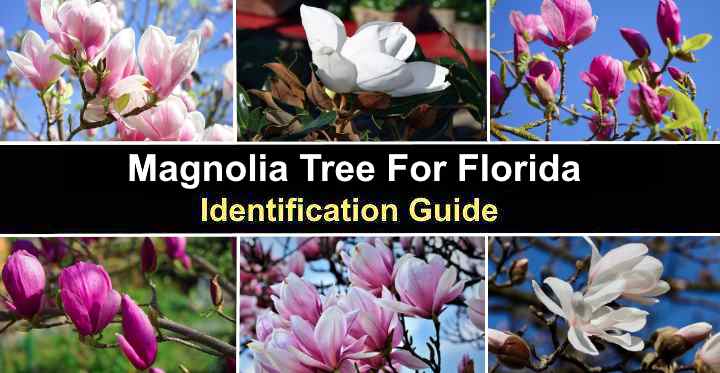
Magnolia trees are prized in Florida gardens for their showy, fragrant white or pink flowers and leathery leaves. The most common magnolia tree species in Florida is the native southern magnolia (Magnolia grandiflora). It’s an evergreen tree with extremely fragrant creamy-white flowers, smooth leathery evergreen leaves, and large rose-red conical seed pods. However, other magnolia varieties and cultivars thrive in North, Central, and South Florida.
Types of Red Berries (With Pictures) – Identification Guide
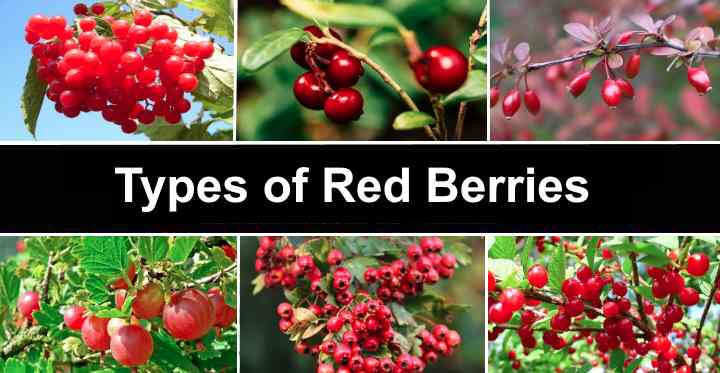
Red berries are common fruits on various types of shrubs, bushes, and trees. Many types of edible red berries have a sweet or tart flavor and taste delicious off the shrub or tree. With their vibrant crimson, scarlet, and maroon colors and delicious flavors, red berries are a popular choice for both cooking and snacking.
23 Trees with Red Berries – Identification Guide with Pictures and Names
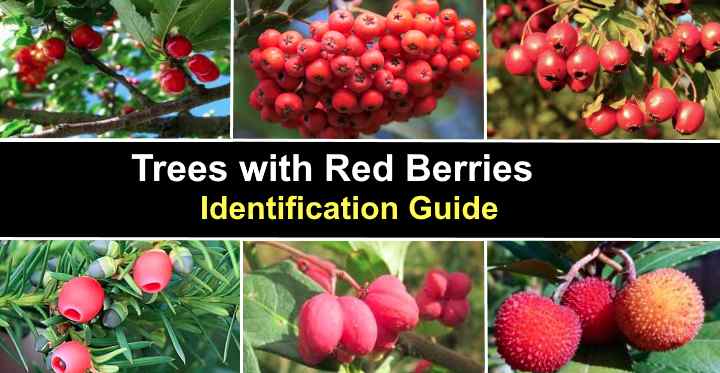
Red berries that grow on trees add a dash of color to any garden. Trees with edible red berries have the bonus of providing tasty, healthy fruits. After all, who can resist eating sweet red cherries? However not all red berries are edible, and it’s essential to distinguish between edible red berries and poisonous berries.
Types of Palm Fronds: Identification Guide With Pictures

Palm fronds are the foliage or leaves of palm trees. The most common types of palm fronds are fan-shaped and feather fronds. However, some rare palm tree types have bipinnate fronds resembling fishtails. Other palms have fronds called entire leaves. These lack the characteristic slender, pointed leaflets of common palm tree fronds.
Hawaii Palm Trees (With Pictures) – Identification Guide

Hawaii is home to several species of exotic palm trees, including the stunning native Hawaiian palm—Loulu (Pritcharia spp.). Palms are a part of Hawaii’s coastal and mountainous skyline. Tropical palm trees like coconut palms, foxtail palms, and Florida royal palms grace many of Hawaii’s sandy beaches, and their silhouettes look stunning in sunsets. In addition, many native Hawaii palms grow in the mountains at high elevations, giving the unique landscape a distinctly tropical appearance.
South Florida Plants for Shade (With Pictures)

Choosing the right plants for shade in South Florida can be challenging. Shade plants growing in USDA zone 10 must tolerate a tropical climate and survive on a few hours of sunshine or complete shade. Depending on your garden landscape, you may need shade-tolerant flowering shrubs, perennials, or low-growing plants that grow well in the shadows of structures, tall trees, or shrubs.
The Best Florida Shade Trees (With Pictures) – Identification Guide
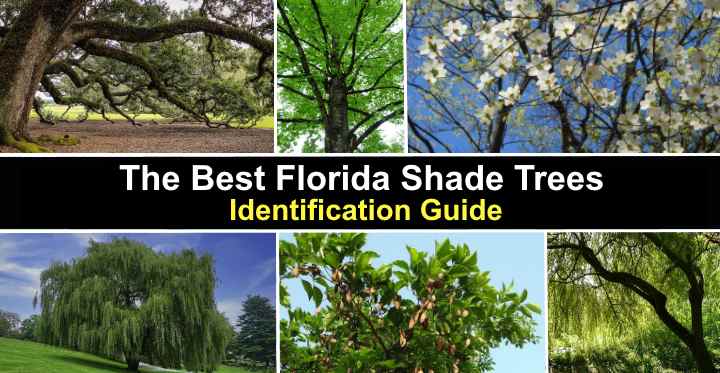
The perfect shade tree can enhance the beauty of your Florida garden landscape. Some of the best shade trees that thrive in Florida are the weeping willow, Shumard oak, river birch, American sycamore, and red maple. These medium to tall trees add to your yard’s aesthetics and help keep your property cool during hot, humid summers.
Weevils in Rice (Rice Bugs): Causes and Treatments
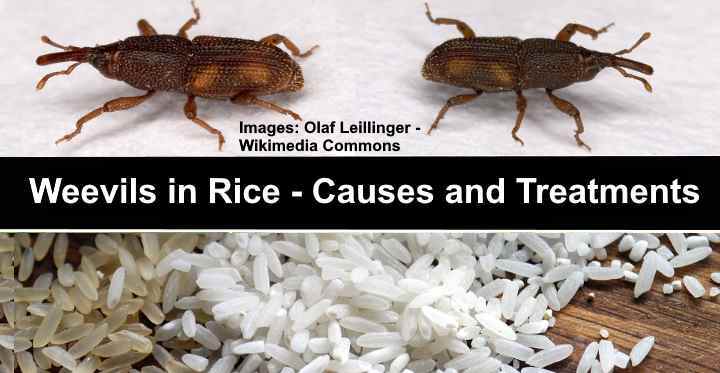
Finding weevils in a bag of rice can be an unsettling experience. The tiny reddish-brown beetles can infest rice, stored grains, pasta, cake mixes, and other cereal products. What’s worse, the small bugs can lay hundreds of microscopic eggs in grain kernels that hatch into larvae and then become adult weevils. Because of their minuscule size, rice weevils are difficult to spot in grain products.
Types of Black Bugs (With Pictures) – Identification Guide

Black bugs in your home are typically nuisance pests that come in all shapes and sizes. Although most small black bugs are harmless, no one wants to see tiny black creatures crawling on work surfaces, furniture, carpets, and windowsills. Additionally, some pesky black insects can bite, causing an itchy rash while you’re sleeping in bed.
Stickers in Grass: How to Get Rid of Lawn Burweed
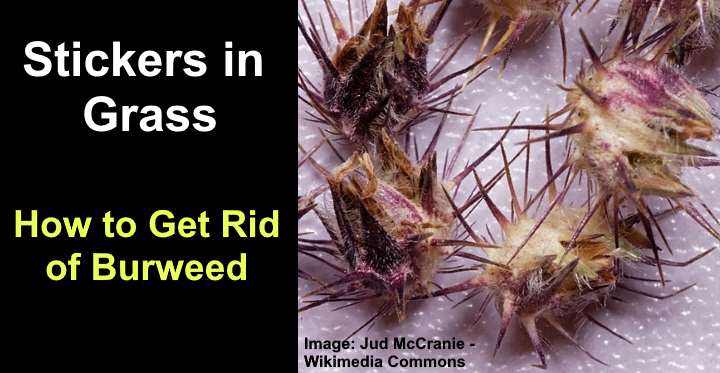
Stickers in grass are a type of annual weeds that can be a major nuisance in your lawn. Also called burweed, the pesky lawn weed with its sharp-needled seeds and clumps of sticky spines can cause pain if you step on them. The problem with getting rid of stickers in grass is that they germinate in fall and winter and lay dormant until spring. Then, when temperatures rise, the weedy flowering plant causes spiky patches to appear in your lawn.
